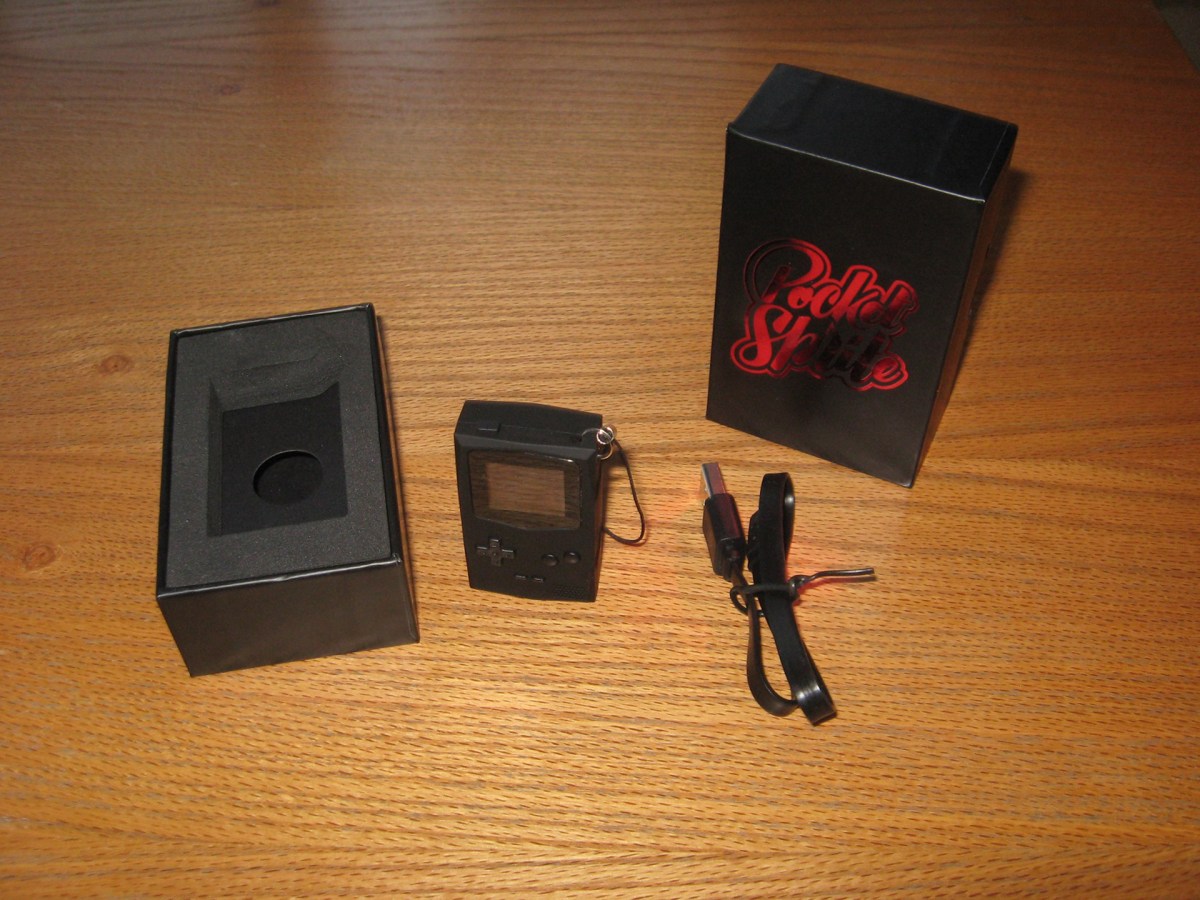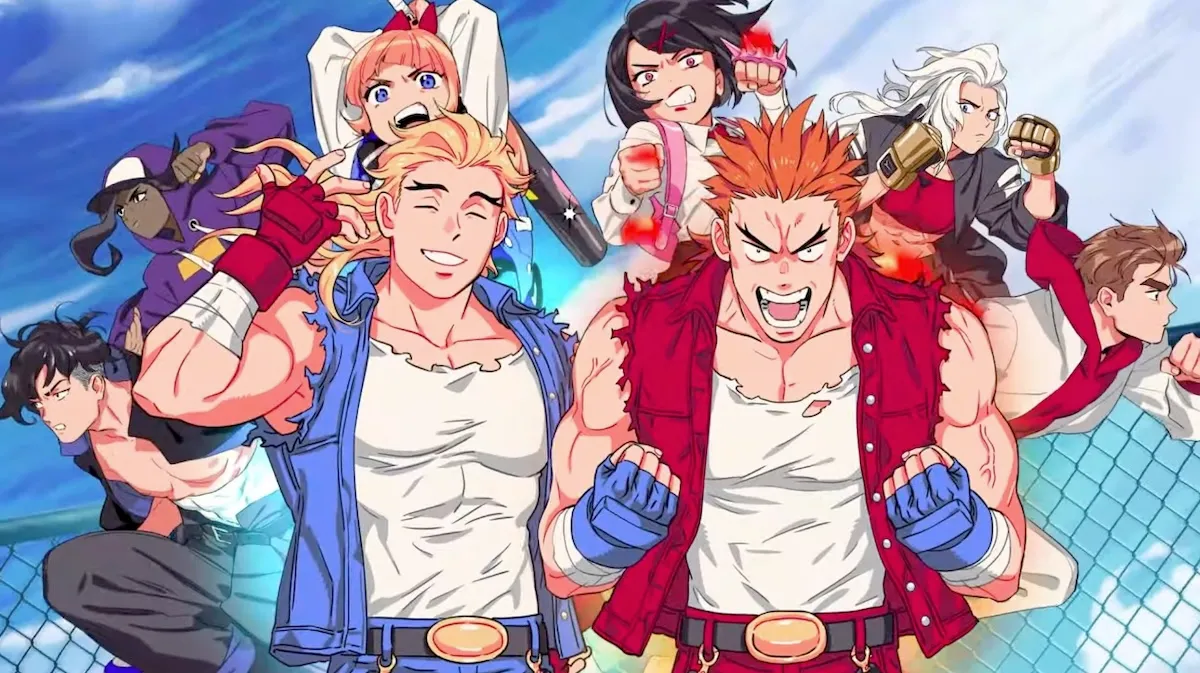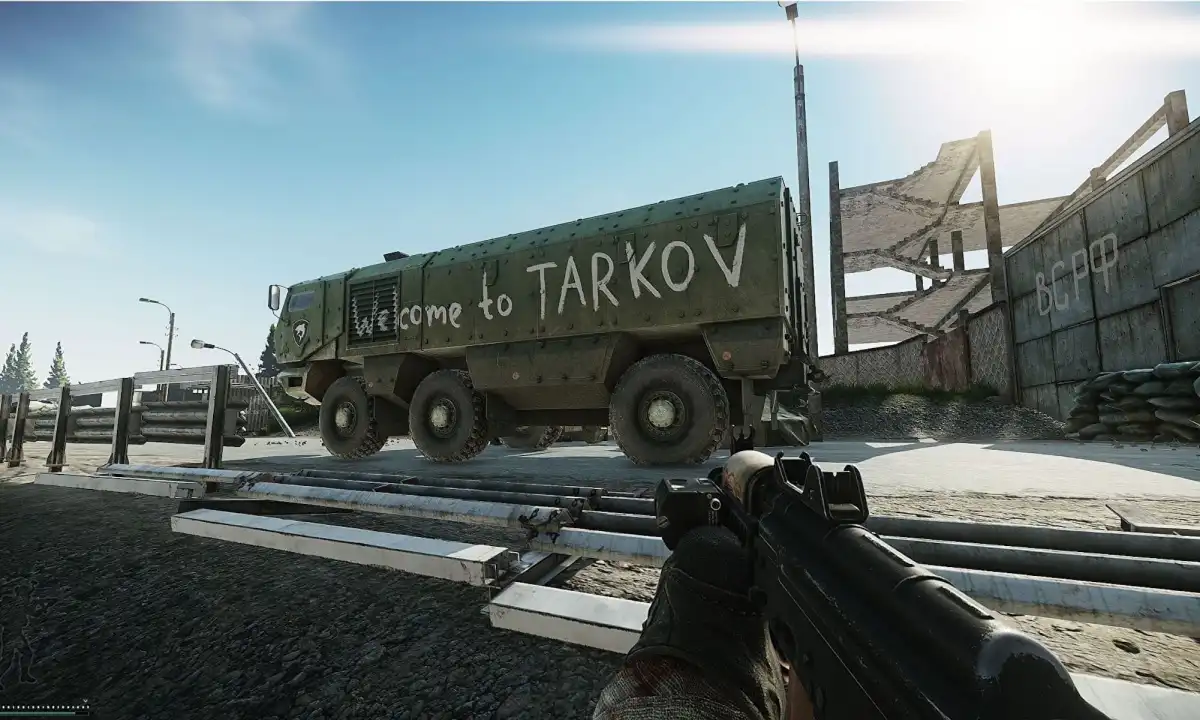Form over function
The Pocket Sprite looks like something that couldn’t have existed 20 years ago. The miniature console resembles a Game Boy Color but is only about 1/6th the size. It started as a self-challenge by its designer to see how small he could compress the tech inside and still have a functioning console. It looks great and, taken from a purely technical point of view, it’s a triumph of technology. Unfortunately, if you actually want to play games on this thing, you’re going to be disappointed.

Pocket Sprite
Developer: Pocket Sprite
Release: Begins shipping May 15, 2018
MSRP: $55 (Price will become $65 after crowdfunding is completed)
There’s an old story I remember my grandparents telling me, one that dates back to vaudeville days. A man had taught a dog to ride a bicycle and was trying to book his act with a theater. The dog was having trouble staying on the bike, and frequently fell off or crashed into obstacles. Still, the dog act became famous as it was something people had never seen before. Sometimes it’s less impressive that an act is performed well than that it’s performed at all.
I thought about that story a lot while I was playing with the Pocket Sprite. The console is less than half the size of a business card and about the thickness of a DVD case. You could easily cover the device entirely with a standard Game Boy cartridge. It charges via USB rather than requiring batteries, and the internal power lasts considerably longer than your old Game Boy that would just suck down those double-As. The overall quality of the buttons and other components is solid. The system looks great, and it’s impressive when you’re showing it off, but you probably won’t want to spend more than a few minutes at a time playing with it.
Let’s start with the good stuff the Pocket Sprite does. It has built-in emulators for the Game Boy, Game Boy Color, and Sega’s Game Gear and Master System consoles. The screen is backlit at all times, and the internal battery lasts for hours without needing a recharge. It’s not too hard to upload ROMs to the system using the included USB cable, though you’ll need to connect the device to wi-fi in order to transfer data. The system menu is fairly easy to figure out, and games you load onto the device can be suspended and restored by tapping the menu button on top of the console. It’s also open source, meaning it’s possible to add other emulators for consoles like the Nintendo Entertainment System or anything else that doesn’t require more than two buttons.
The Pocket Sprite’s greatest strength is also its biggest downfall. The main selling point is unquestionably how teeny-tiny it is, and it comes with a little strap so you can attach it to your keys or dangle it off your phone. It does a great job of grabbing people’s attention, and if you pull it out in public you’ll become the focal point of everyone in the room. The problem is, it’s too small to act as a functional console. It does everything the developers say it will, but the dimensions of the device make playing with it annoying at best.

I loaded up several types of games to see how the Pocket Sprite would handle them. The tiny D-pad and buttons work OK, but trying to play anything which requires precision is an exercise in frustration. The D-pad is simply too small to register inputs accurately. There’s no way to know if you’re pushing right, up-right, or down-right until it’s too late in most cases. This rules out most action games and platformers, and unfortunately, it even makes playing Tetris nearly impossible.
Of course, there are lots of other genres represented on the Game Boy, and I thought perhaps the Pocket Sprite would handle a turn-based game better. The console comes with a version of 2048 already installed, after all. It does handle games of this nature better than action titles, but here I ran into a different problem. Most turn-based games are RPGs (like Dragon Quest or Pokémon) which have significant amounts of text onscreen. The problem here is that the text is so tiny it either becomes undecipherable or causes eyestrain after a few minutes trying to read it. Puzzlers like Picross aren’t much better since it’s too hard to read the numbers surrounding the grid. It’s neat having a screen you can literally cover with a postage stamp, but games designed for a display nearly 10 times bigger tend to be illegible.

Unfortunately, the problems with the display aren’t limited to the device’s minuscule size. The small OLED screen is 25 x 22 millimeters, cropped to a 5:4 ratio. The Game Boy’s native resolution was 160 x 144 pixels, but the Pocket Sprite’s screen is 96 x 64 pixels, and the ratios don’t work out properly. The screen’s dimensions end up cutting off some horizontal lines near the bottom of the display, which is usually where text appears in an RPG. It’s also the most important part of the screen if you’re trying to play something like Tetris. I couldn’t find a way to change the resolution of the display, though it’s possible someone will hack it in eventually. For now, the missing scanlines make the system difficult to recommend.
The audio on the system is similarly compromised. The Game Boy was one of the first consoles ever to feature stereo sound, and the system is still used by chiptune artists to create music even today. The Pocket Sprite has a small speaker in the lower right, just like the Game Boy. Unfortunately, it lacks a headphone jack, and music coming out of the speaker sounds tinny and compressed. This is compounded by the fact that you’ll almost certainly be covering up the speaker with your thumb as you play. There’s an option in the menu to turn the sound off completely, and I ended up doing so fairly soon after booting up the console.
The Pocket Sprite is a cool proof-of-concept, demonstrating how far miniaturization technology has progressed. It’s a neat party trick, not unlike that dog on the bicycle. It does what it says it does, and it’s undeniably impressive to see it in action. But it’s all for show, a textbook example of form dominating function. Ultimately, the Pocket Sprite is just too damn small for its own good.
[This review is based on a preview version of the system provided by the manufacturer.]




